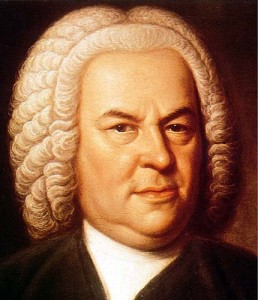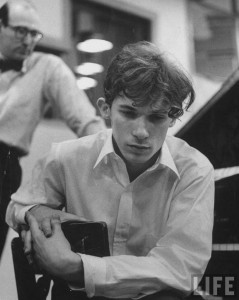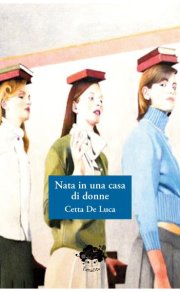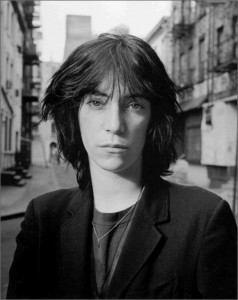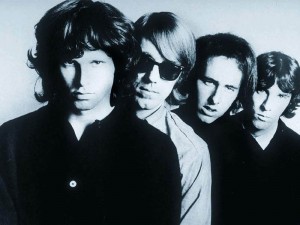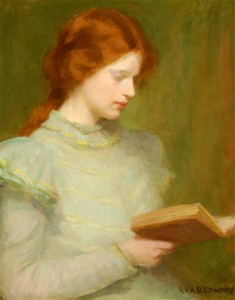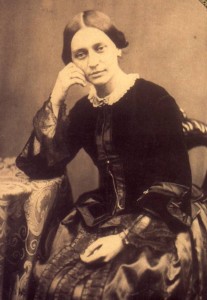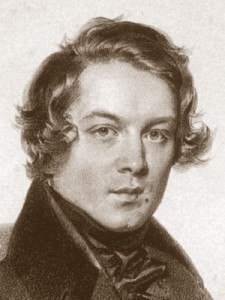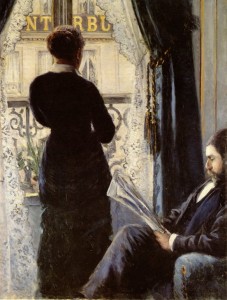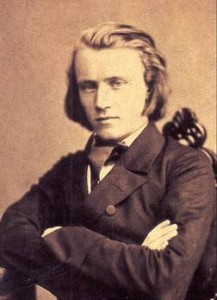February 26, 2013
The “Goldberg Variations” (BWV 988) is a work for harpsichord consisting of an air with thirty variations, which were composed by Johann Sebastian Bach between 1741 and 1745 and published by the publisher Balthasar Schmid in Nuremberg. They are dedicated to Johann Gottlieb Goldberg, at that time he was serving as Kapellmeister to Count von Brühl in Dresden.
The work was conceived as a modular architecture of 32 tracks, arranged according to mathematical patterns and symmetries original.
Johann Sebastian Bach taken from HERE
Glenn Herbert Gould (Toronto, September 25, 1932 – Toronto, October 4, 1982), the pianist who made every work he performed, immediate and accessible to the public, showing respect for the aesthetic sensibility of each.
Glenn Gould taken from HERE
In this recording Bach and Gould are together. The pianist despite sore hands for arthritis, plays the twelve variations that are divided into twelve scales for twelve tones that can be used with different instruments and sounds, giving you the chance to listen to them as if there was a present hope, beauty, compassion , smile. Gould offers a soft homesickness for the past that it now appears in a new form with nothing left behind.
Poverty and nakedness of this listening generate the possibility of the future that covers us with the mantle warm and clean, and they preserve us from some annoying speck vernacular of the present time. A real gem.
To listen to the Goldberg Variations, click HERE.
